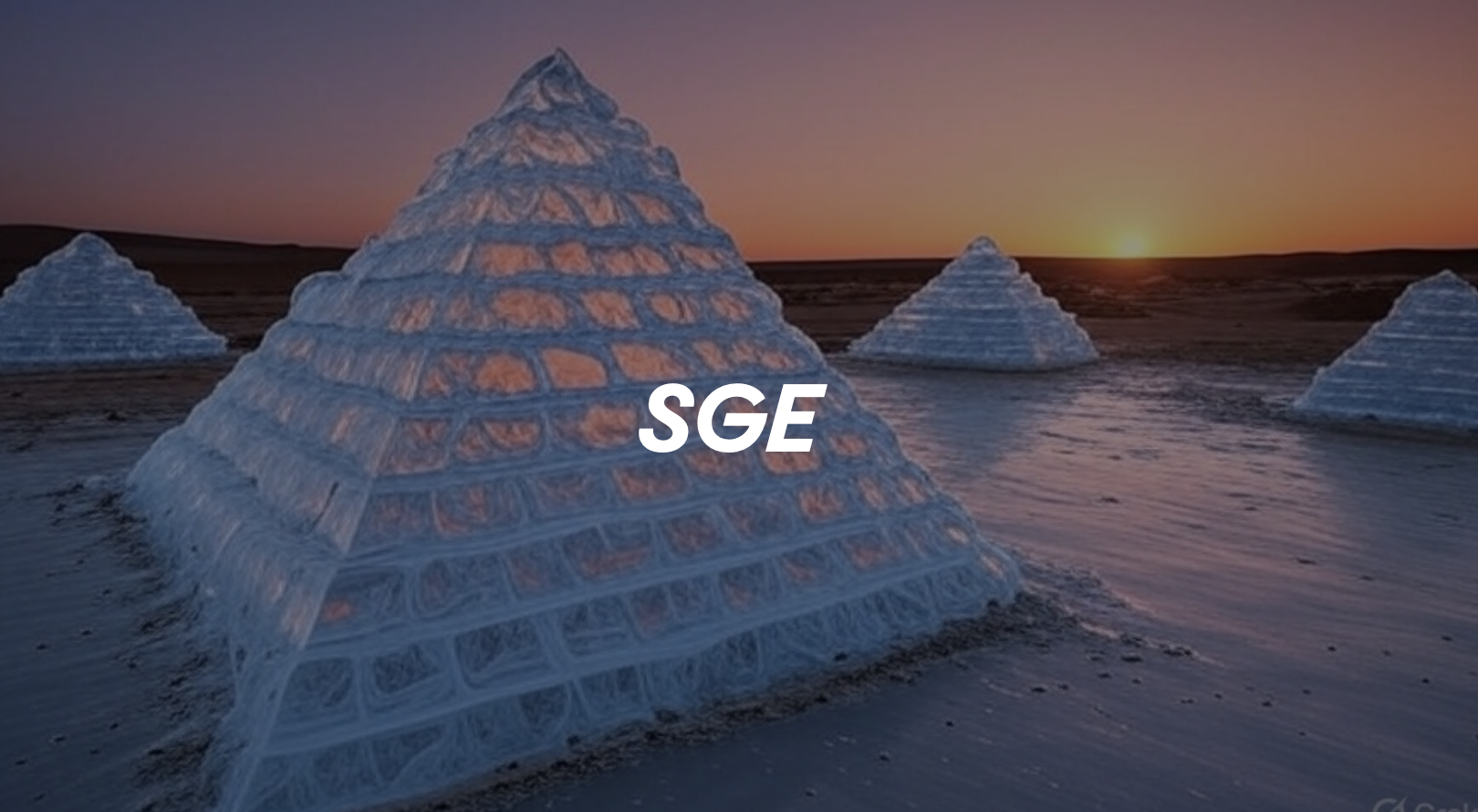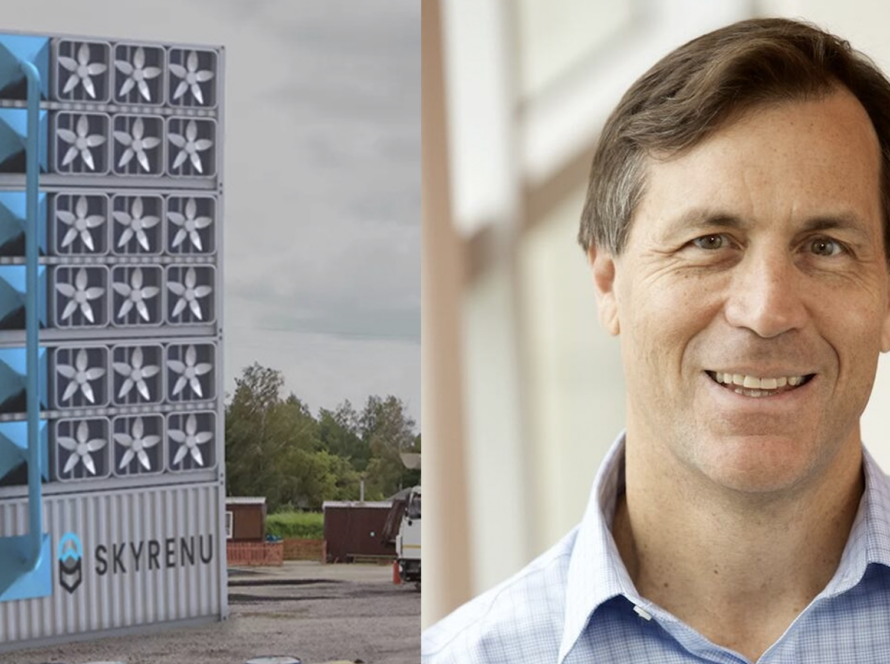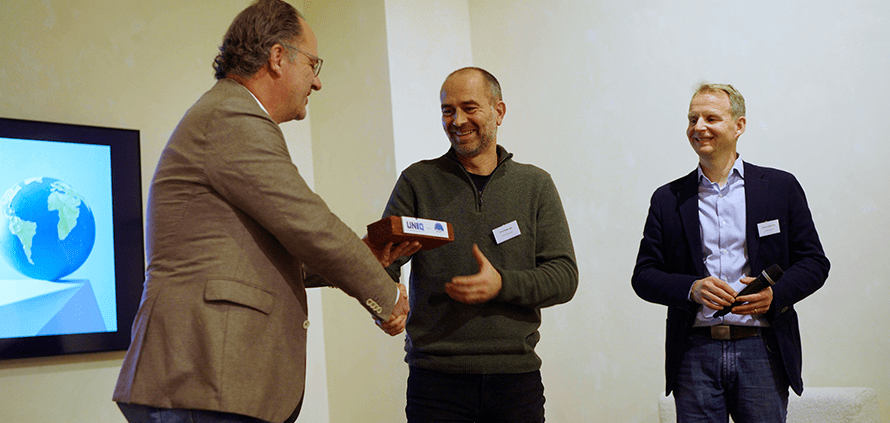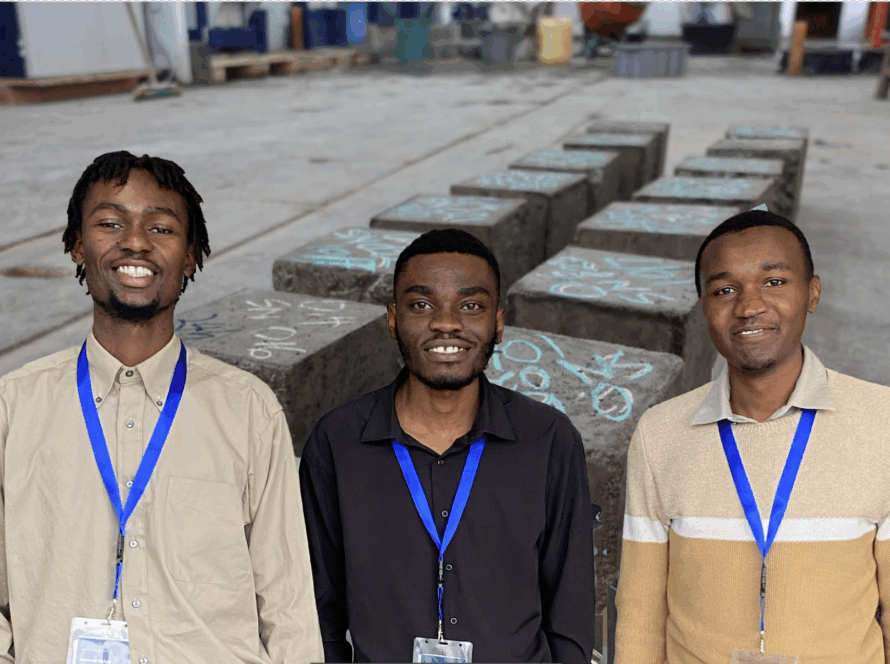What does SGE stand for and what is your mission?
SGE is a startup company developing novel, patented technologies to solve two of humanity’s major challenges: CO₂ emissions and fresh water scarcity. We currently hold five international patents and are focused on making carbon capture economically viable through innovative thermodynamic processes that require no external chemicals or refrigerants.
Can you explain in simple terms how your technology captures CO₂ without the typical energy penalties seen in other carbon capture methods?
Our system operates through three integrated energy recovery stages at our point source module. First, we utilize the waste heat energy from flue gas (the exhaust fumes from the burning of fossil fuels, SV) to power the main compressor. Second, we recover the heat energy generated during the compression process itself. Finally, we capture the expansion energy from the pre-cooled, pressurized flue gas stream. This triple energy recovery system means we don’t require any external energy input – the process is essentially self-powered.
Your dual-use cooling proposition is intriguing. Can you explain how this creates additional value beyond carbon capture?
Our direct air capture (DAC) module represents a breakthrough in the cooling and refrigeration sector, even without considering the carbon capture benefits. The system has significantly lower installation costs and energy consumption than existing district cooling or refrigeration systems – consuming only 0.2kW per ton of refrigerant compared to traditional systems. It’s scalable to super-cryogenic temperatures down to -170°C, making it suitable for applications like natural gas liquefaction. Most importantly, it operates without any harmful refrigerants, making it environmentally safe.
You mention using existing, proven equipment from the gas industry. Why is this approach crucial for rapid deployment and meeting 2050 climate goals?
Developing and proving new equipment typically requires lengthy development cycles, extensive manufacturing processes, and years of field testing before achieving the scale needed for market requirements. Our innovation lies in intelligently integrating widely-used, proven equipment from the gas industry into a novel configuration. This approach allows us to confidently go to market quickly and contribute meaningfully to achieving climate goals before 2050, provided the technology is widely adopted.
SGE appears to be the first major DAC company emerging from the MENA region. What do you think accounts for this?
We operate in a region that has historically been carbon tax-free, and climate awareness hasn’t reached the levels seen in Europe or the USA. However, this is rapidly changing. Egypt is implementing carbon tax policies next year, which is already driving interest from potential customers. Our waiting list is growing, and we have seven potential clients including Shaker Group HVAC, Tiba Food, an aluminum plant, and a major resort in Sharm El Sheikh.
Industry standard point-source carbon capture costs range from $40-120 per ton. How can your approach achieve $0-40 per ton – potentially 2-6 times cheaper?
Our cost advantage comes from fundamentally rethinking the economics of carbon capture. We capture CO₂ as a valuable by-product rather than the primary revenue source. The real profitability comes from our cooling services and waste heat recovery, which generate substantial revenue streams. Additionally, we eliminate ongoing operational costs by using no consumable chemicals, membranes, or refrigerants. This dual revenue model – carbon capture plus profitable cooling services – is what enables our dramatically lower costs.
For those unfamiliar with district cooling systems, can you explain how this works, particularly for Northern Europeans?
District cooling is a centralized system that provides air conditioning across multiple buildings or an entire city district, similar to how district heating works but for cooling. It’s a low-cost, low-energy alternative to individual building air conditioning systems. Also for Northern Europeans, this could become particularly valuable during hot summer periods when cooling demand spikes. Our system can provide this cooling service at much lower energy costs while simultaneously capturing carbon – creating a win-win scenario.
You mentioned feeling somewhat isolated in Egypt’s climate tech landscape. How has CarbonFix’s support changed your situation?
You’re absolutely right. We were quite alone in this space initially. Climate ventures in our region have mainly concentrated on solar and wind energy investments. CarbonFix’s support has been transformational because they recognized the unique potential of our approach. The landscape is shifting rapidly though, especially with Egypt’s upcoming carbon tax implementation. This policy change is driving real commercial interest. As mentioned, our pipeline of potential customers continues to grow.




